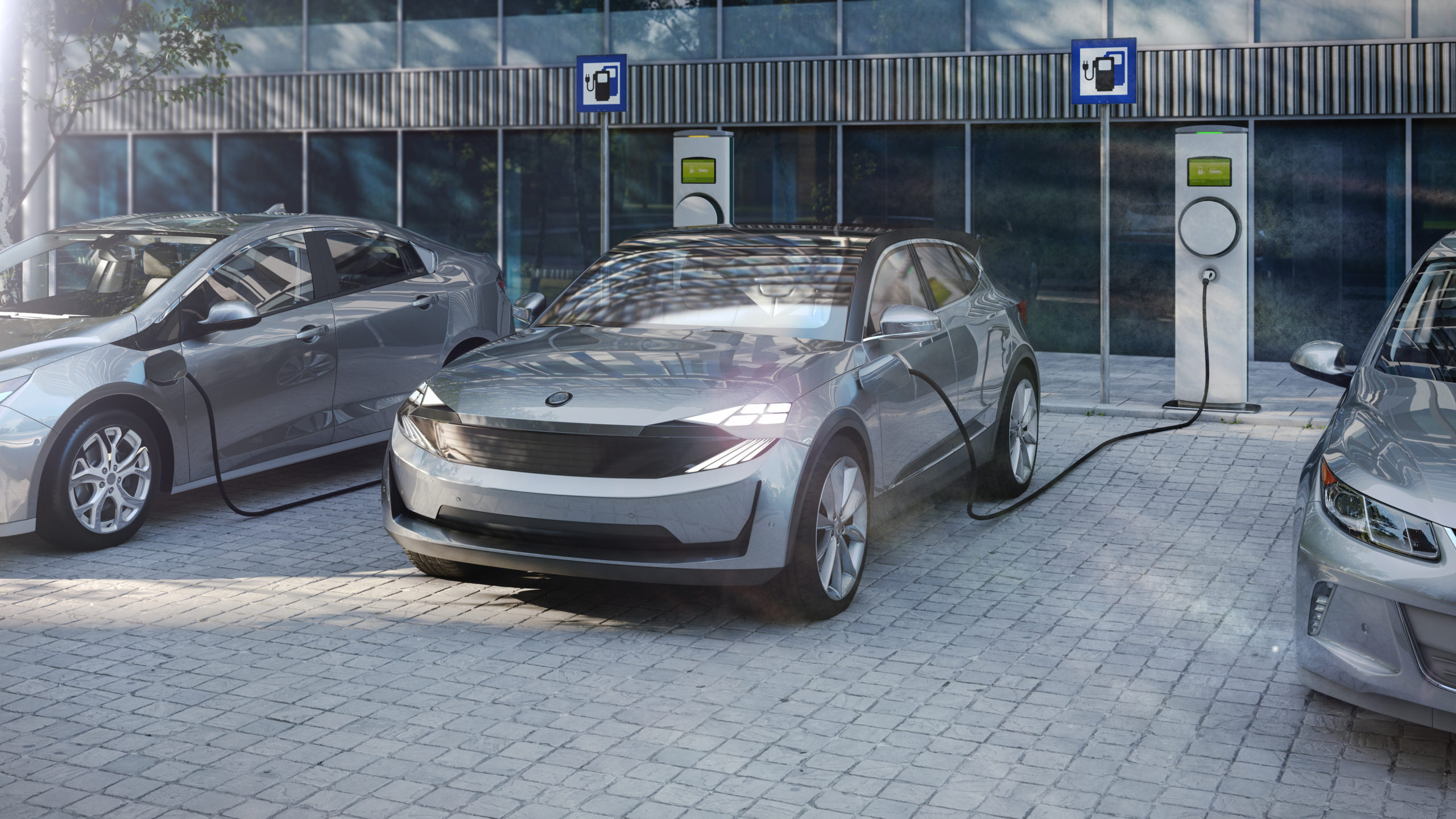Read The Full Article On: Derryjournal
With the help of new government tax incentives for low emission vehicles, there has been a recent surge in electric vehicle sales in the UK.
But with temperatures dropping to sub-zero levels this winter, thousands of new electric vehicle drivers may find themselves unprepared.
In many ways, driving an EV vehicle in winter is like any other car when it comes to functions like braking and accelerating. However, there are a few weather-dependent differences drivers should be made aware of.
What happens to your electric vehicle when the temperature drops?
Range
The range of an EV will reduce in cold weather. In the depths of winter, range can reduce by up to 50 per cent from a cold start, although in typical news it’s more likely to be around 20 to 30 per cent.
Charging
Rapid charging can be slower in cold weather because the battery will be colder than in the summer, and a colder battery cannot be charged as quickly as a warm one. To be prepared, give yourself more time to allow for extra charging time.
Battery
Batteries need to be kept warm to perform optimally, which means they either need to be warmed up using their own energy or, ideally, pre-warmed via a chargepoint.
Braking
Regenerative braking can also reduce in cold weather, because this is also linked to battery temperature and charging.
Some practical advice
Mike Coulton, an electric vehicle consultant for Volkswagen Financial Services has some advice.
Smart charging
“If you know what time you’re leaving in the morning, make sure your overnight charge finishes as close to this time as possible. This will mean the battery will be warmer because of the charging activity.”
Pre-conditioning
“This is where you pre-heat the car prior to setting off, but from the mains electricity supply (whilst charging) rather than by using the battery. Another benefit is you’ll never have to scrape your windscreen again as pre-heating the car’s cabin also defrosts all the windows.”
Heat management
“Surprisingly, it is much more efficient to use the heated seats and steering wheel than it is to heat all the air in the cabin. Therefore, to maximize range in cold weather, it’s recommended that you pre-heat the cabin whilst the vehicle is plugged in and charging to a nice warm temperature, then when you get in turn the cabin heater down 1 to 2C and use the heated seats or steering wheel to maintain a comfortable temperature for the driver and passengers.”

